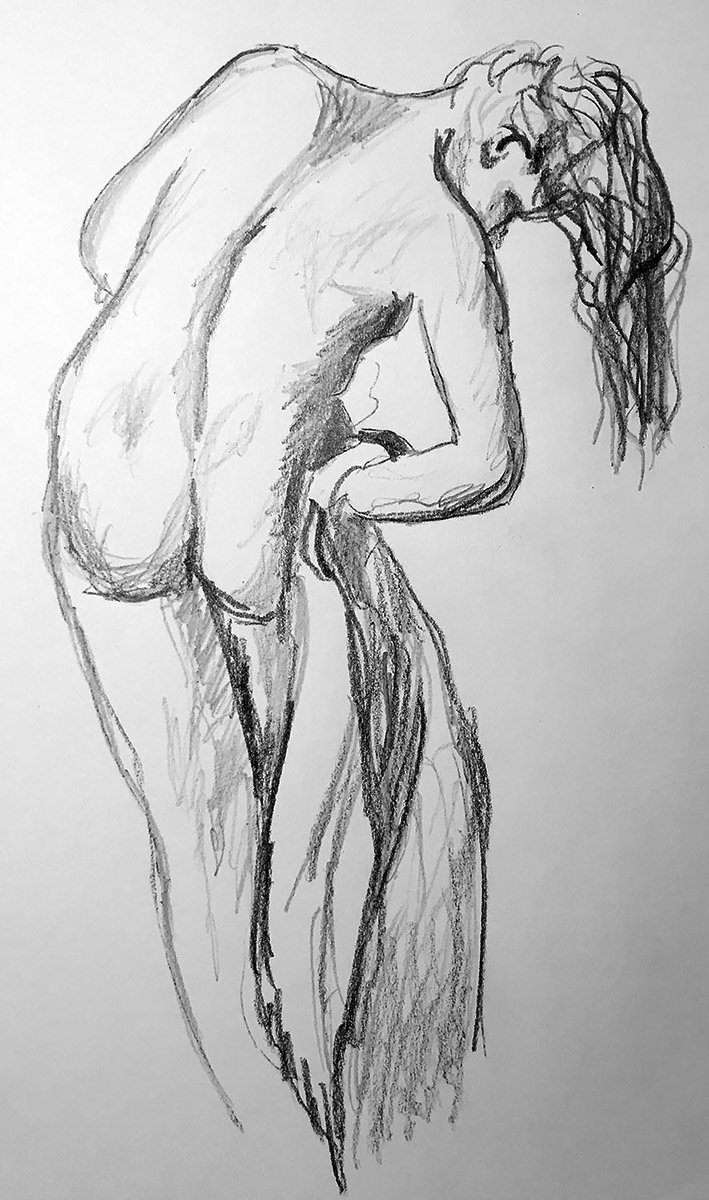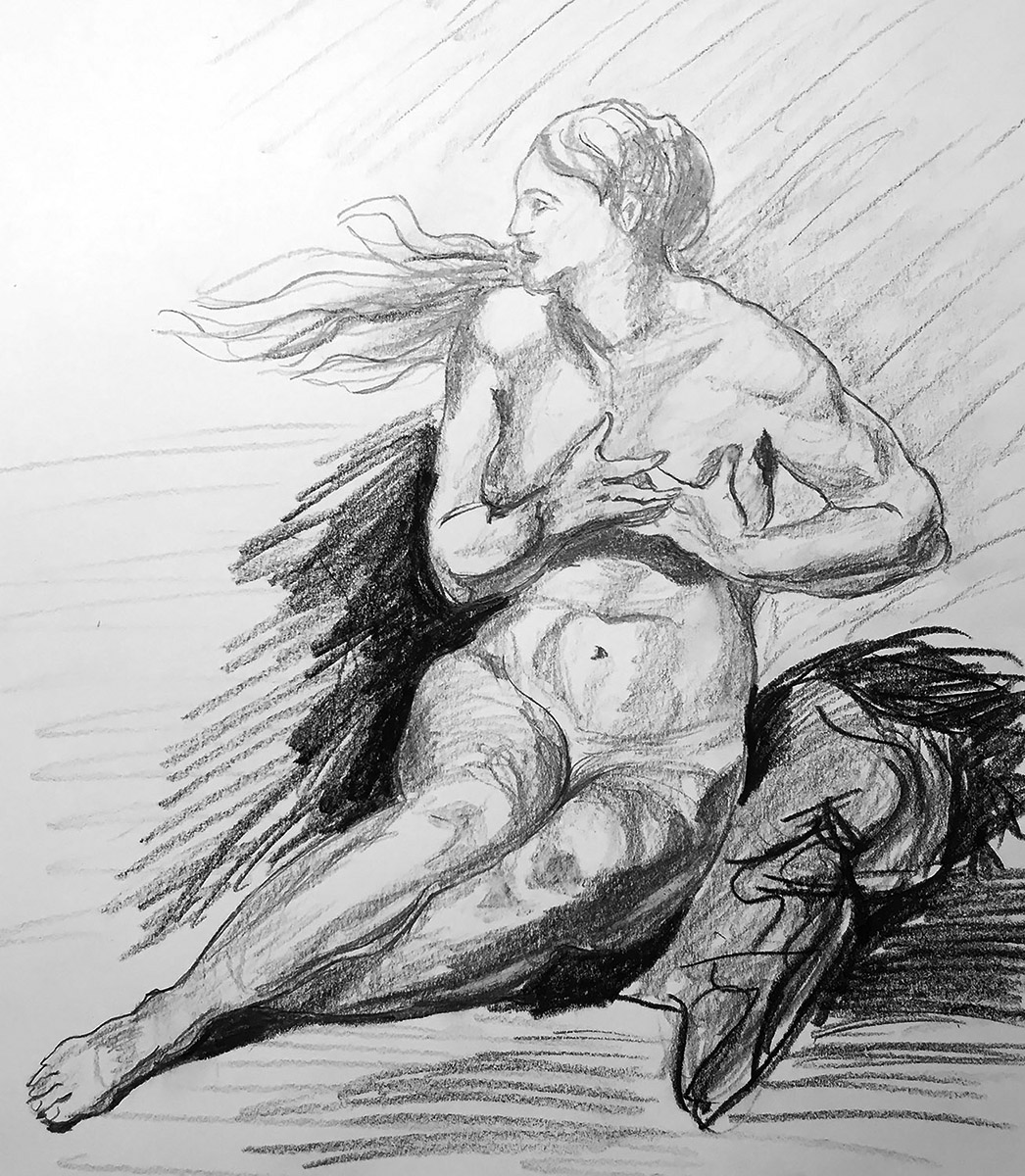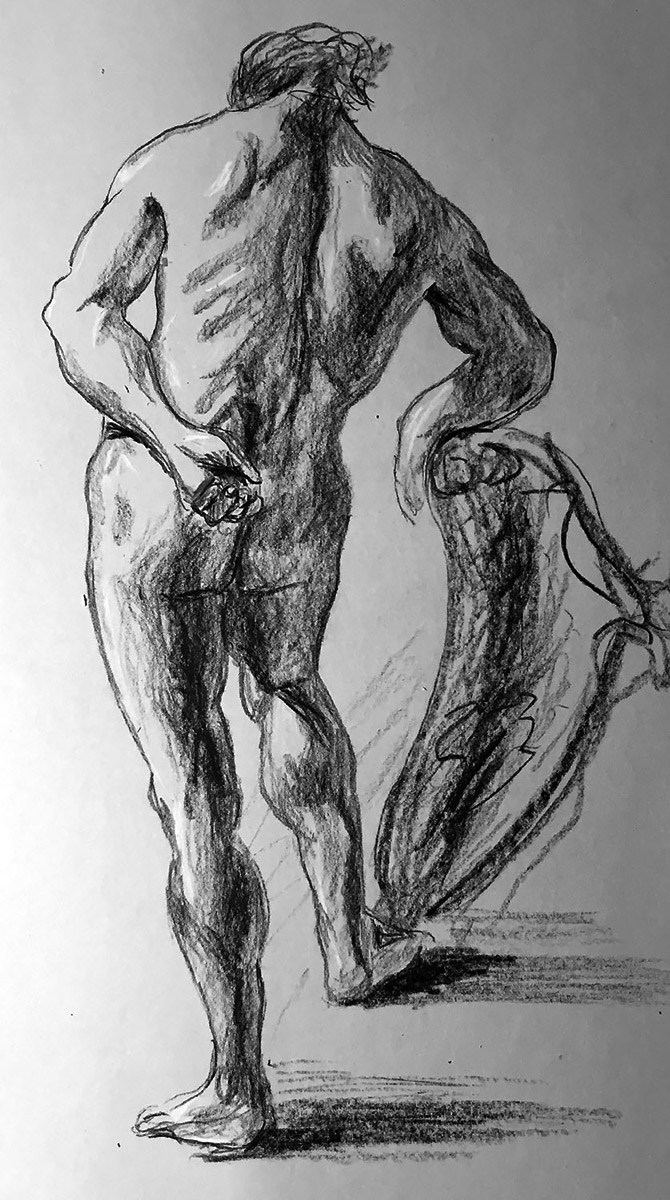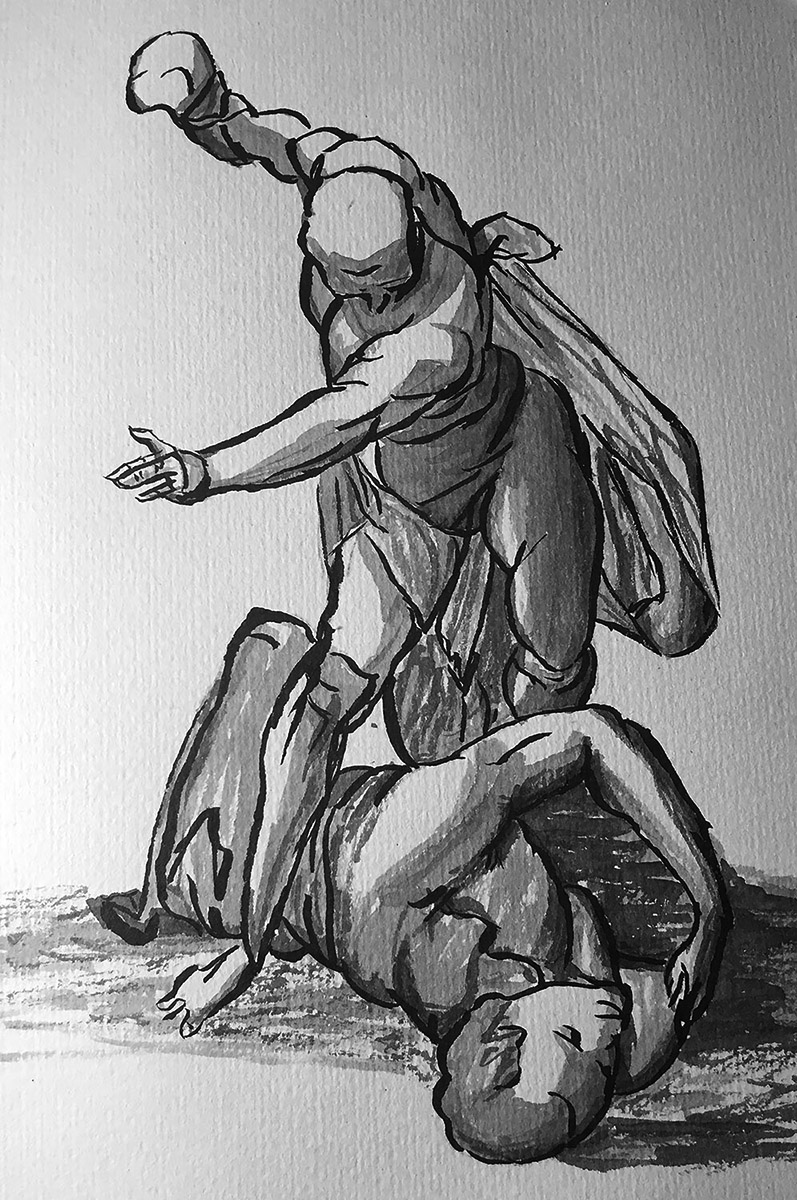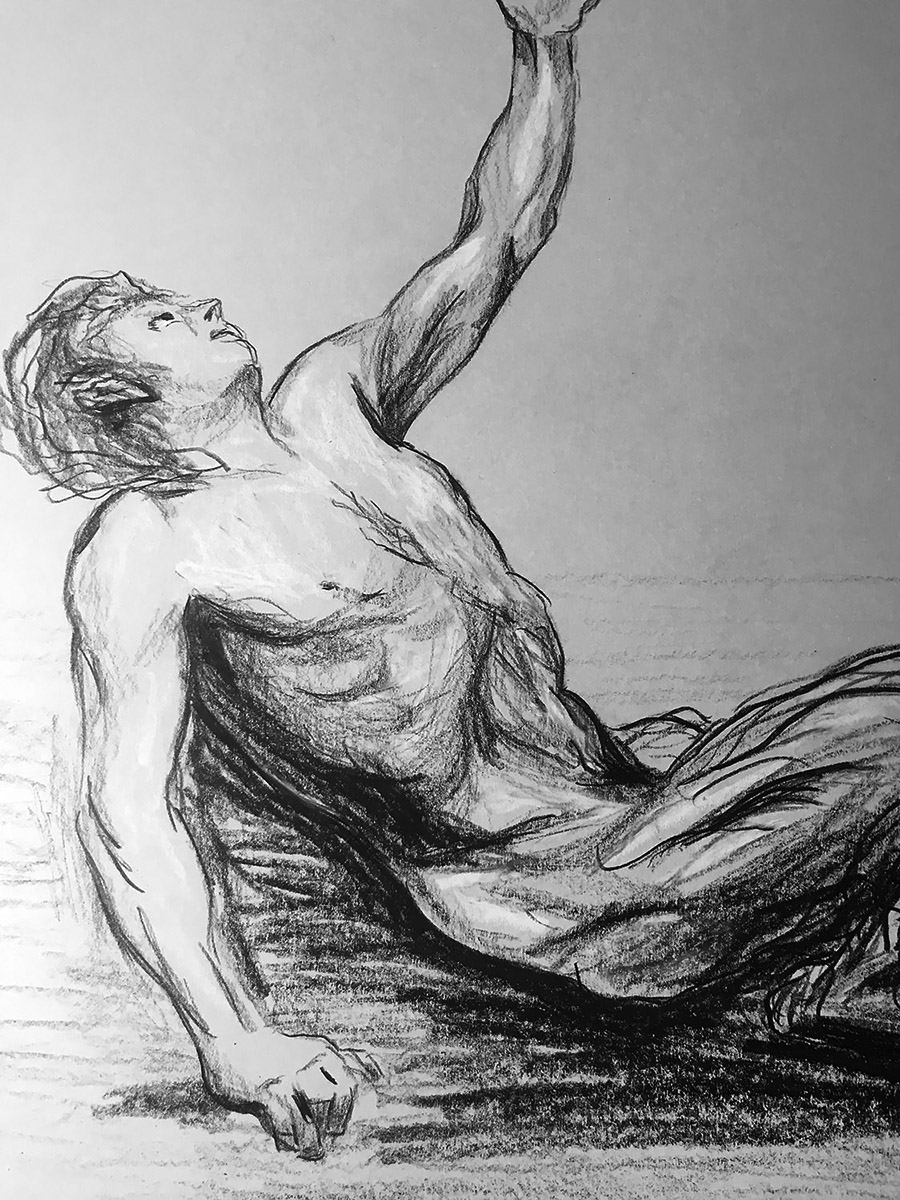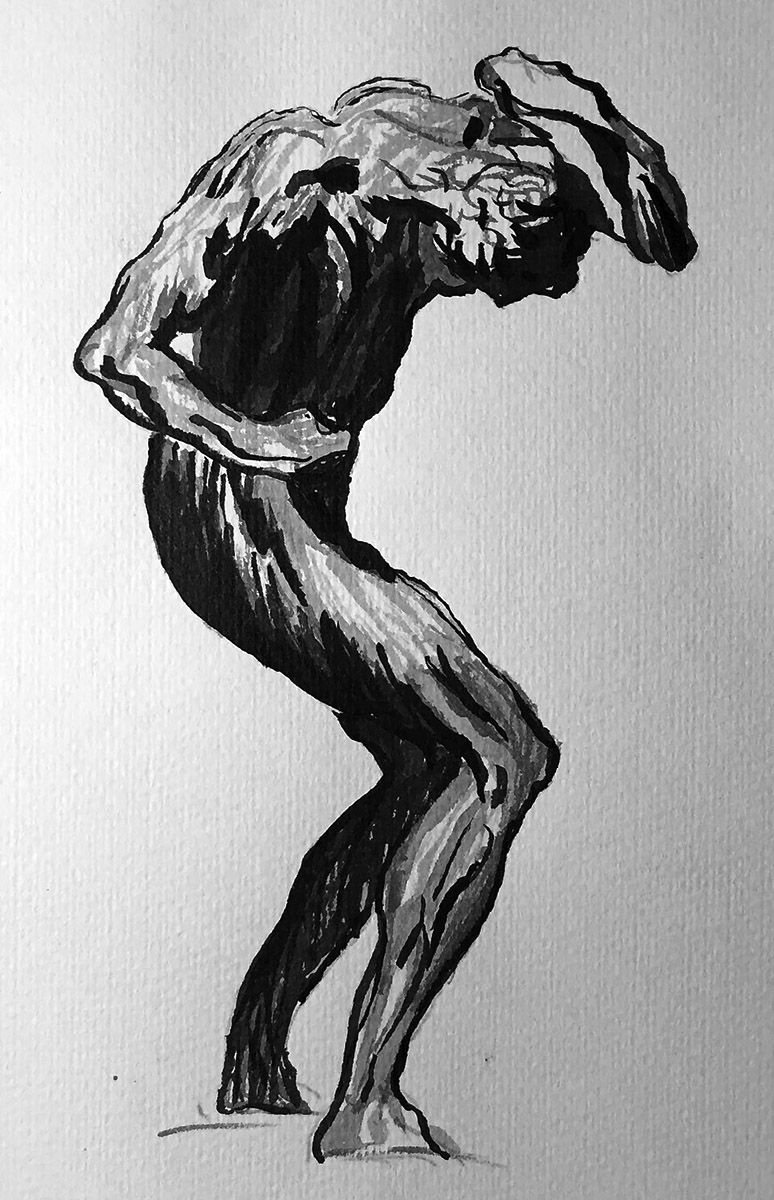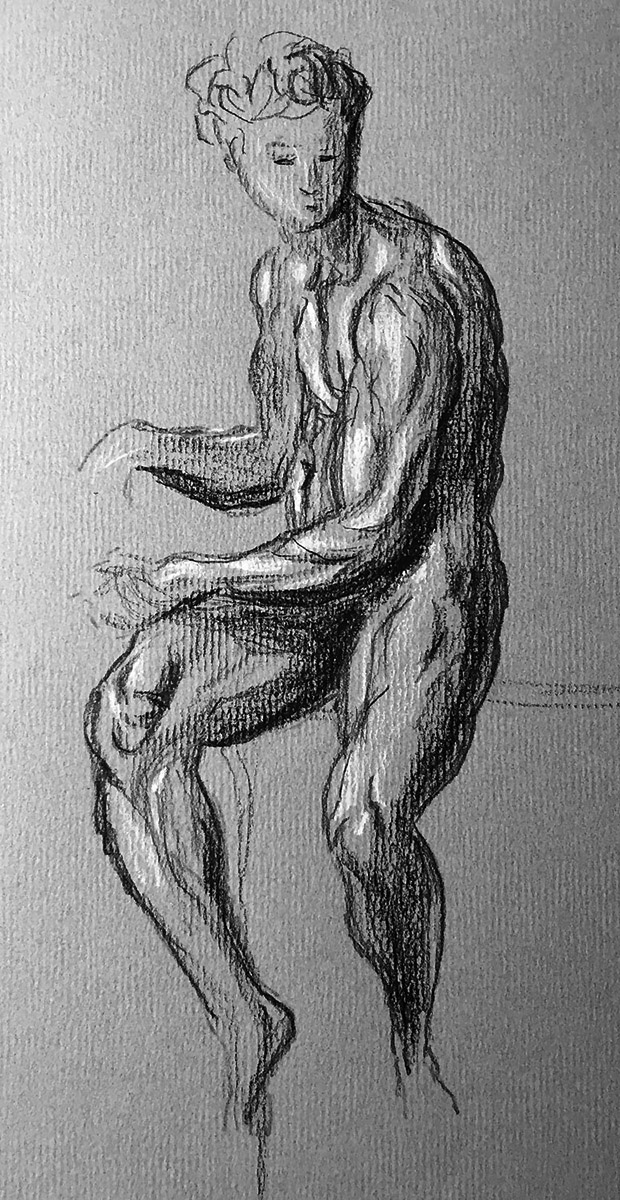
This next post contains a pencil drawing that was copied from a work by the great Raffaello Sanzio da Urbino or if you prefer just plain old Raphael. The original by Raphael was done in black chalk and is in the Ashmolean Museum at the University of Oxford.
You are probably asking yourself, who is Raphael, what is an Ashmolean, where is Oxford and what is black chalk. Look, I don’t have time to answer all your questions. Let’s just talk about the Ashmolean Museum.
The Ashmolean, like most things in England is very old. It was founded in 1683 and is a museum of art and archaeology from Ancient Egypt to the latest and greatest contemporary art. It began when the filthy rich, antiquity studying Elias Ashmole gave his various Knick knacks and doodads to the University or Oxford. It was England’s first public museum. But who is this generous man by the name of Elias Ashmole. Mr. Ashmole was not only a great gift giver but also
politician, officer of arms and amateur alchemist. He loved to study history, law, botany, medicine, stenography, chorography (which has to do with mapping areas that are greater than topography and less that geography), numismatics (which has something to do with money) and believe it or not, astrology. He really seemed to have an insatiable thirst for knowledge or perhaps lack focus. Typical Gemini, am I right?
During the English Civil War which lasted from 1642 to 1651, Elias Ashmole supported the Royalists. The Royalists supported the divine right of the monarch, who at that time was King Charles I, to govern England. Elias Ashmole opposed the Parliamentarians. The Parliamentarians supported, you guessed it, the parliamentary.
The knowledge of Nature is very necessary to human life and health.
Elias Ashmole
Elias Ashmole did not have any kids but he was married three times, which might be his greatest achievement, convincing three women to become Mrs. Ashmole.

